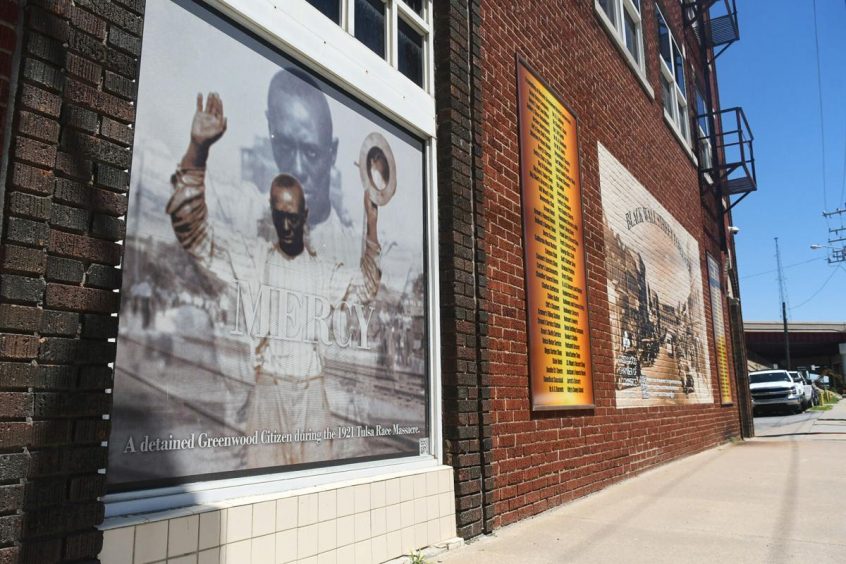Carlos Moreno, a Tulsa resident and author of the forthcoming book “The Victory of Greenwood,” said his book focuses on what happened after the massacre: the rebuilding of the district from the mid-’20s to the mid-’60s.
“The history of Greenwood doesn’t end June 1, 1921,” Moreno said. “Why the rest of Oklahoma doesn’t know about Greenwood’s rebuilding, I really don’t know. I suspect that maybe it’s an easier story to tell that the massacre happened than North Tulsa looks and feels the way it does because of this horrible event that happened 100 years ago.”
To fully understand the neighborhood, it’s imperative to understand both its founding and rebuilding, Moreno said, noting that Greenwood again became a thriving community after 1921. He said everyone recalls Greenwood’s second “heyday” when it was once more a bustling, diverse neighborhood. Then, in the 1960s, the federal government partnered with the city of Tulsa to construct federal highways that cut through the heart of the district — against the will of the community, Moreno said.
“It’s not possible to build Greenwood now because Greenwood doesn’t own any of the land,” he said. Today’s Greenwood District, which once spanned dozens of city blocks and had up to 200 businesses, is a fraction of the size it was before the massacre and the highways, he said, and much of the land surrounding Black Wall Street is no longer Black owned.
Read the full article here.

